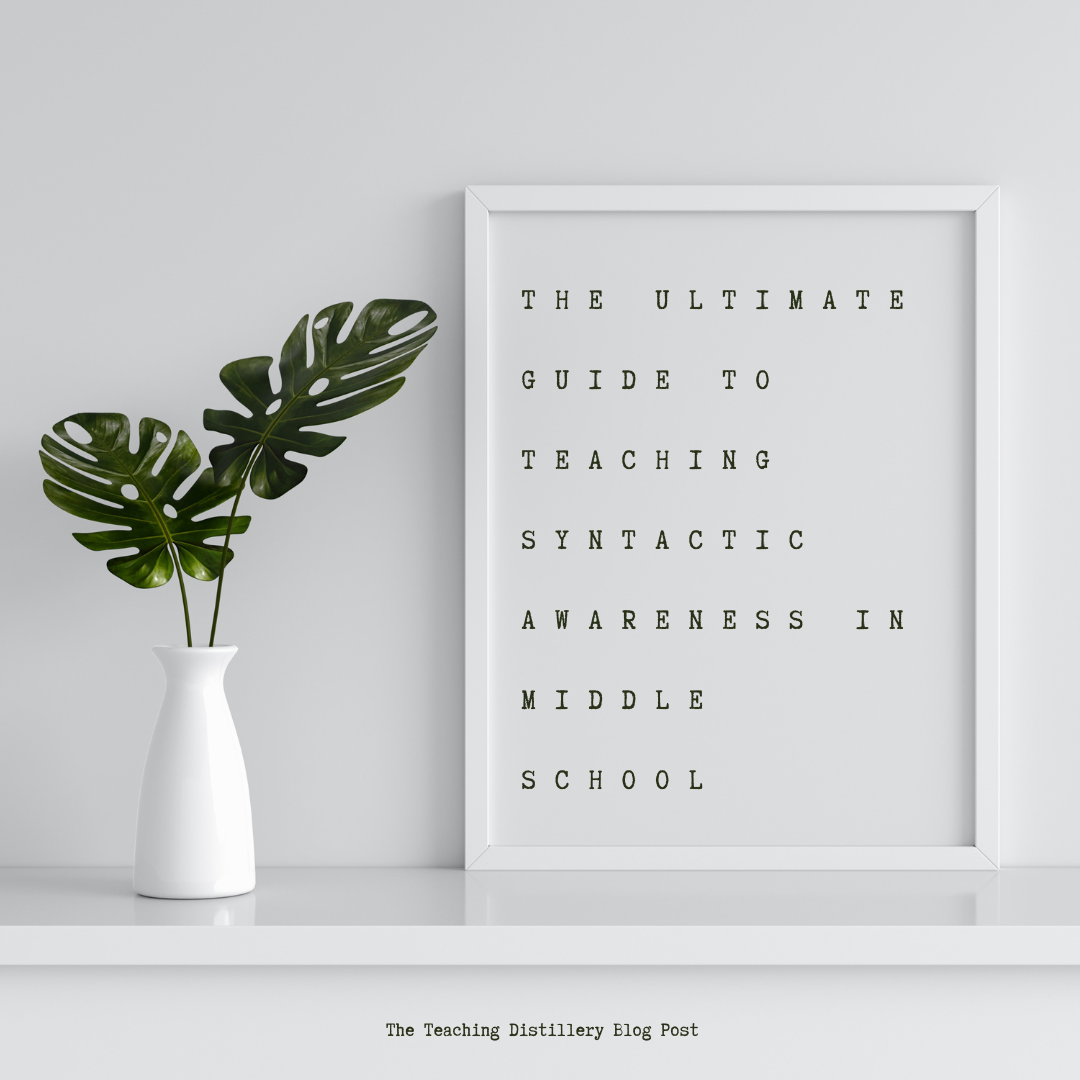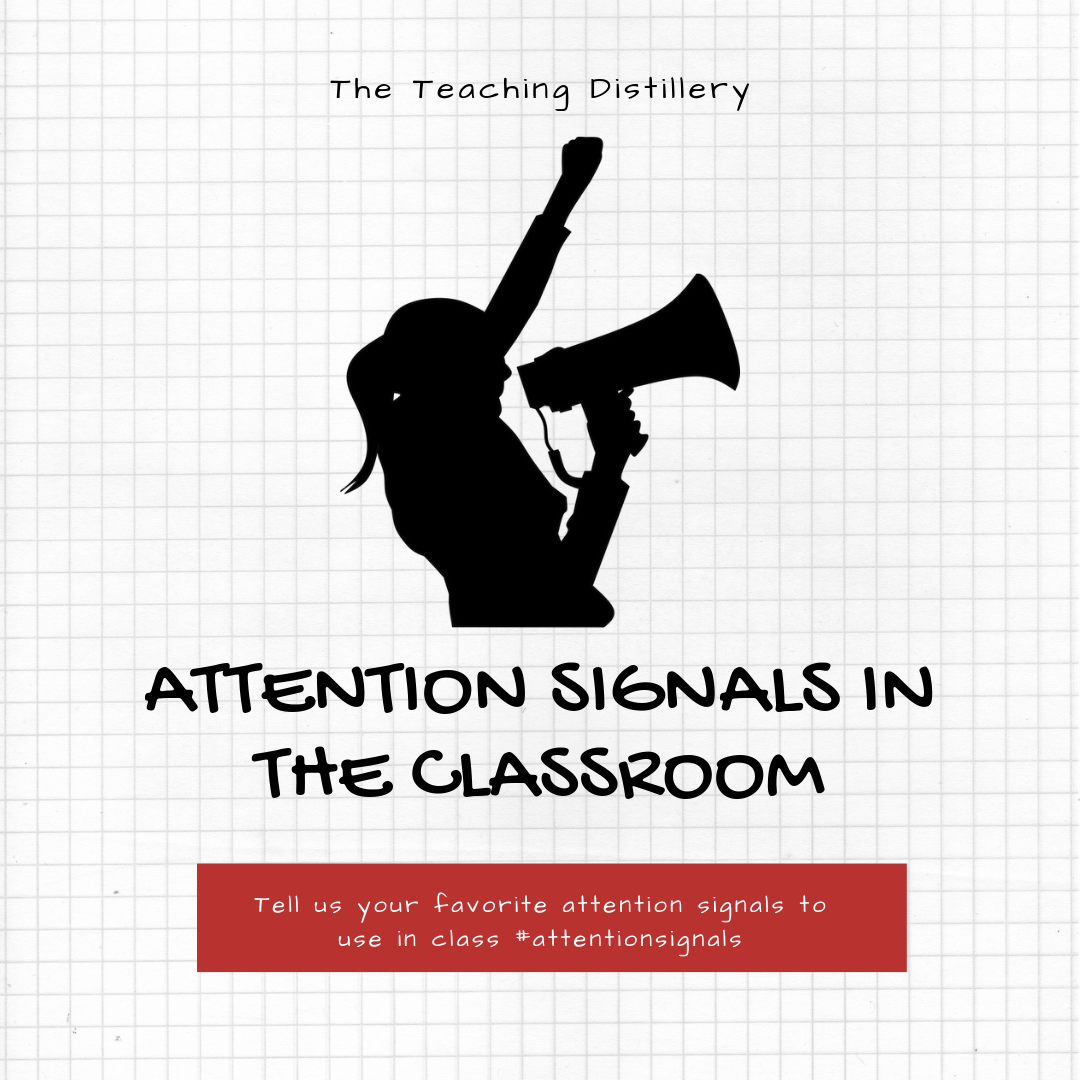As educators, we strive to create a positive and inclusive learning environment for our students. We put in countless hours to plan engaging lessons, provide individualized attention, and foster a sense of belonging in our classrooms. However, despite our best intentions, it's important to recognize that we cannot make everyone happy
Read MoreHere are some tips and tricks that we have learned along the way to elicit productive comments from students in the hopes that they recognize their own self worth and try their best in school.
Read MoreSo, what does it mean to be "argumentative" in the context of education? It's not about being stubborn or confrontational; it's about learning how to make a clear and convincing case for your point of view. This involves a range of skills, including critical thinking, research, organization, and communication.
Read MoreAre you using any of these outdated grading practices?
Read MoreThe Writing Rope is a visual tool that helps students understand the different components of writing and how they all work together to create a cohesive piece of writing. The rope itself is made up of seven strands, each representing a different element of writing:
Read MoreIn middle school, students are at a critical stage in their linguistic development, and syntactic awareness should be a primary focus in language arts instruction. In this blog post, we'll explore what syntactic awareness is, why it's important, and how to teach it in middle school.
Read MoreStudent engagement. It's a term that's been thrown around a lot in the last decade, but let’s really breakdown what student engagement actually is. And more importantly, how can we move beyond the illusion of engagement to foster deeper thinking and learning?
Read MoreAs technology continues to advance, teachers have been able to incorporate new tools and resources into their classrooms to enhance student learning. One such tool is Chat GPT, a large language model developed by OpenAI. Chat GPT can be used in a variety of ways to help teachers and students engage in meaningful and interactive conversations.
Read MoreToday, we're going to talk about a concept that might make you feel like you're in Hollywood - storyboard your curriculum! According to Heidi Hayes Jacobs and Allison Zmuda, two leading experts in the field of education, storyboarding your curriculum can be a great way to engage your students and ensure that they're actually learning something.
Read MoreAh, the attention signal. It is a teacher’s go to classroom management tool to garner the classroom’s attention or the bane of said teacher’s existence. Here at The Teaching Distillery we are big fans of attention signals, also known as the Call and Response technique. While our attention signals vary, the method and strategies we employ are the same.
Read More










